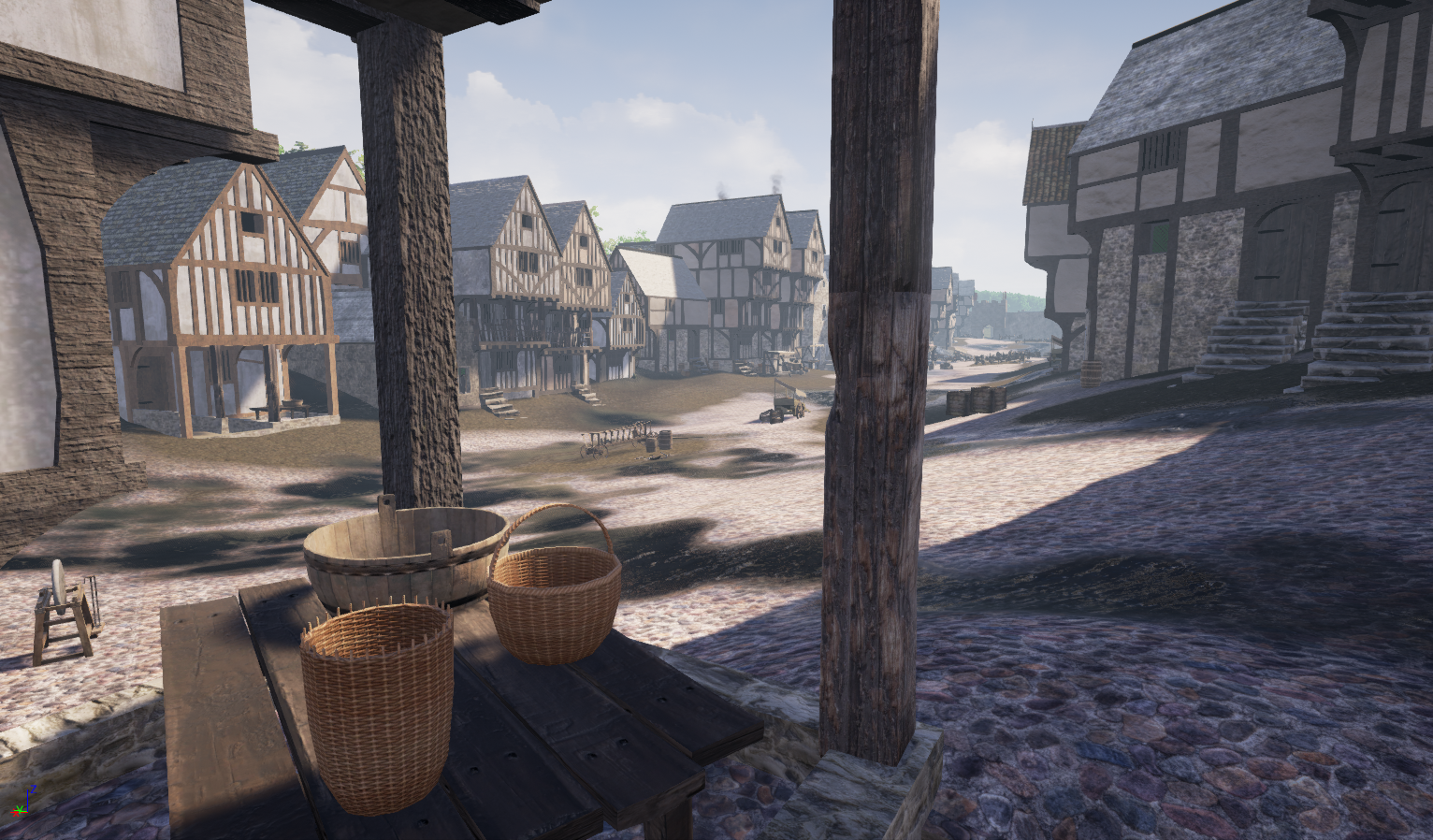Who needs Doctor Who, when you can now time travel to 16th Century Edinburgh?
Virtual time travellers will be able to take a step back in time in Scotland’s capital this summer via a new app created thanks to experts at St Andrews University.
Designed by the university’s spinout company, Smart History, Virtual Time Binoculars: Edinburgh 1544 provides a unique window into the time of the birth of Mary Queen of Scots.
Using the virtual reality app for mobiles, the public will for the first time be able to compare the city they know with the capital of King James V.
The new digital reconstruction is the first to be created of the period, and is based on a drawing from 1544, thought to be the earliest accurate depiction of the capital.
Stereoscopic video and 360 degree images created in the game environment allows virtual visitors to experience what it was like to move through Edinburgh’s streets and to be immersed in the city’s architecture.
The technology — the result of a collaboration between university historians, art historians, computer scientists and Smart History — propels users 450 years back in time, just before the city was sacked and burned by an English army led by Edward Seymour, Earl of Hertford.
The trailer app, free from www.smarthistory.co.uk/Edinburgh1544, features a groundbreaking reconstruction of Holyrood Palace.
Using VR headsets and mobile phones, virtual time-travellers are given a view of reconstructions of landmark sites.
Researcher Catherine Anne Cassidy said the app “guarantees to floor you”.
When users arrive at a site, a geo-location based map informs them where they are in relation to the reconstruction.
Users can select to be taken on a suggested tour of the sites, or choose to visit locations at their own leisure.
Sarah Kennedy, a researcher for Smart History, added: “We hope this visualisation will give a better understanding of Edinburgh in the early 16th Century.”
The app drew on recent developments in the creation of digital landscapes, as well as benefiting from software originally devised for the gaming industry.
The digital reconstruction is inspired by a drawing created by the English military engineer Richard Lee.
Lee’s drawing became the defining English impression of Edinburgh.
The team of St Andrews researchers supplemented the information from Lee’s plan with archaeological evidence, written sources, and information about the geography of the modern city.
Members of the public will have the opportunity to explore the full app at free events at the Museum of Edinburgh on July 7 and 8.










